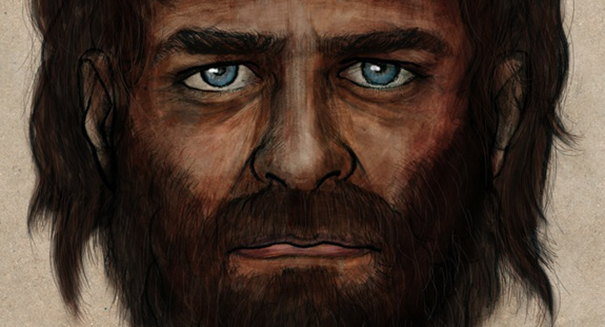
Scientists find first recovered genome of an European hunter-gatherer
Despite his Middle-Eastern heritage, antique depictions of Jesus often portray him with swarthy skin, dark hair, and paradoxically light eyes. Scientists from the Spanish National Research Council (CSIC) have found an eerily similar specimen at La Braña-Arintero site in Valdelugueros León, Spain: A 7,000 year old man with dark skin and blue eyes.
The find, named La Braña 1, represents the first recovered genome of a European hunter-gatherer. He hails from the Mesolithic period, with ended right around the time Europe began to import the notions of agriculture and livestock from the Middle-East (around 5,000 years ago). The carbohydrate-based diet of the Neolithic period also introduced new pathogens carried by livestock. These resulted in immunological and metabolic challenges that eventually resulted in genetic adaptions in later generations, which this individual did not have. For instance, he was unable to process lactose, which is helpful when consuming cheese and milk.
Since the man possessed African versions of the genes that determine skin pigmentation in Europeans, scientists were able to determine that his skin was darker, though they’re not sure to what degree. “Even more surprising was to find that he possessed the genetic variations that produce blue eyes in current Europeans, resulting in a unique phenotype in a genome that is otherwise clearly northern European,” adds researcher Carles Lalueza-Fox.
The man’s unique genetic makeup suggests that Europeans didn’t become the light-skinned Caucasians we know today until relatively recently. A higher melanin content is useful for warding off sun damage on exposed plains, but it also inhibits vitamin D production. A hunter-gather lifestyle may have filled in the vitamin gap, but as people shifted to the carbohydrate-based diet, vitamin D would have been lacking. It’s believed, then, that lighter skin evolved to promote better vitamin D synthesis from sunlight.
“It was assumed that the lighter skin was something needed in high latitudes, to synthesize vitamin D in places where UV light is lower than in the tropics,” Lalueza-Fox told LiveScience.
Leave a Reply